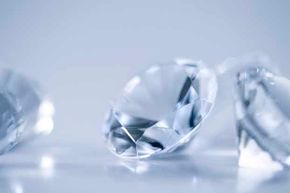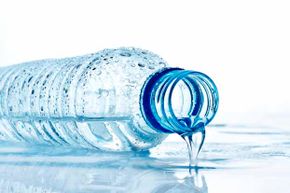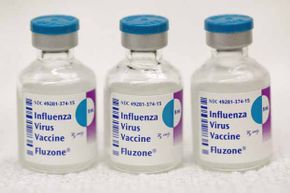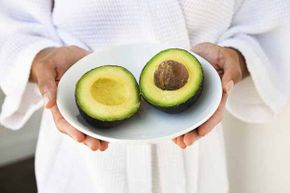Malarkey comes in many forms. There's the laughable malarkey, like "this electronic belt can make you lose weight;" there's the easily questionable malarkey, like "tanning beds are safer than sunlight;" and then there is the malarkey that seems so reasonable, so highly probable, many of us just don't question it. This malarkey is believed so widely, it might as well be true.
And yet, it's not.
Advertisement
Some of the myths are harmless; some pose potential dangers. A few may be inconvenient to remove from the common-knowledge database, which could explain why they're still around, turning so many of us into inadvertent purveyors of hogwash.
Let us now slightly impede the hogwash cycle. Here, 10 bits of malarkey that have a tendency to slip through the "hey, wait a minute" filter. The first one is known by many to be false, but resistance to the revelation is still strong, and understandably so.










